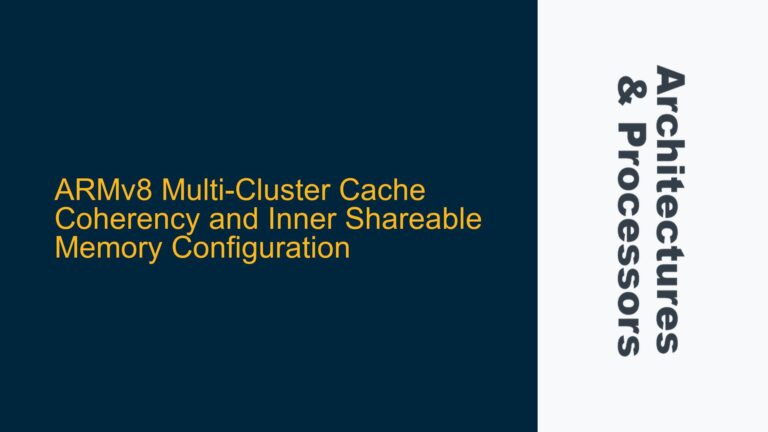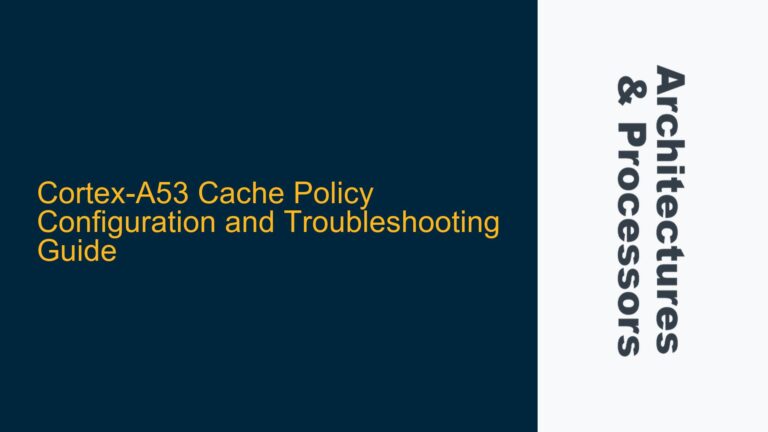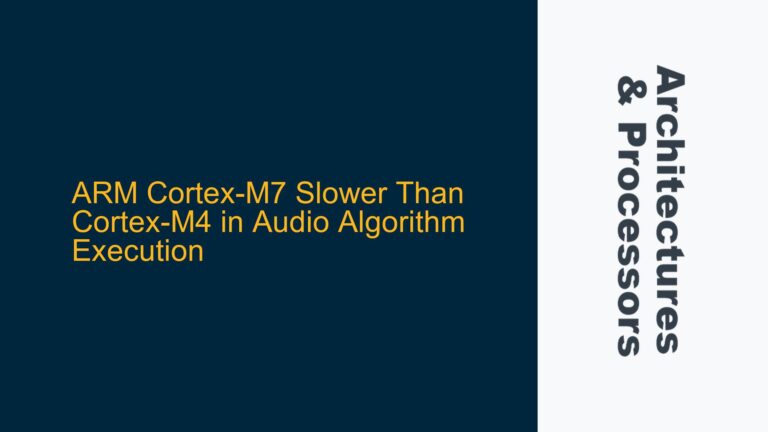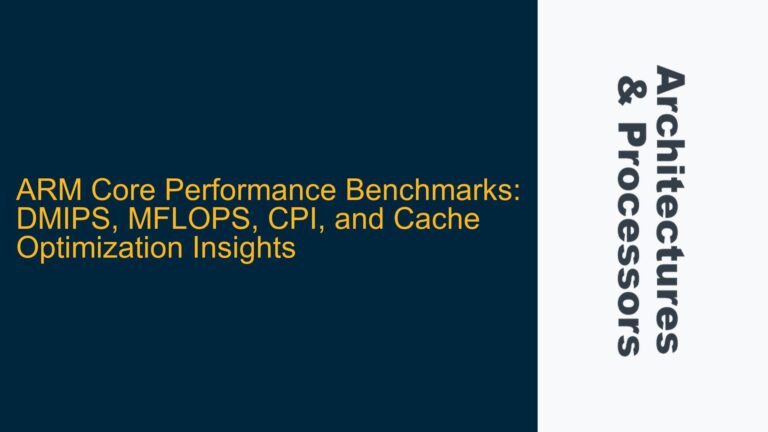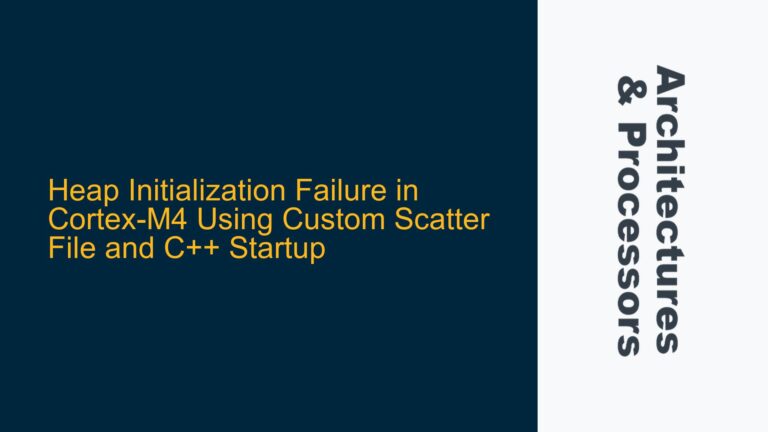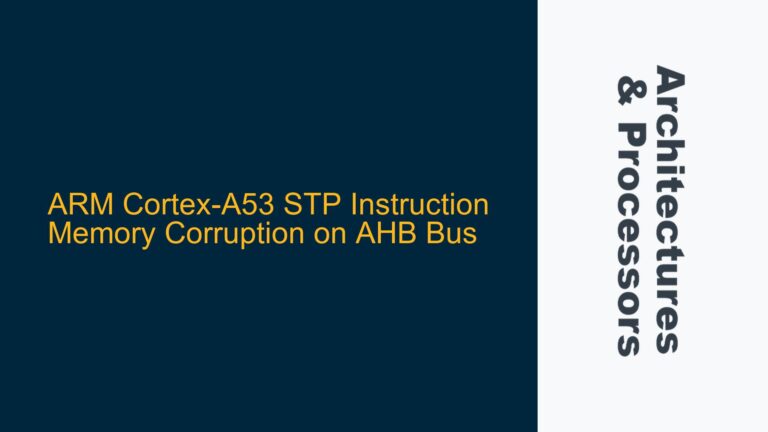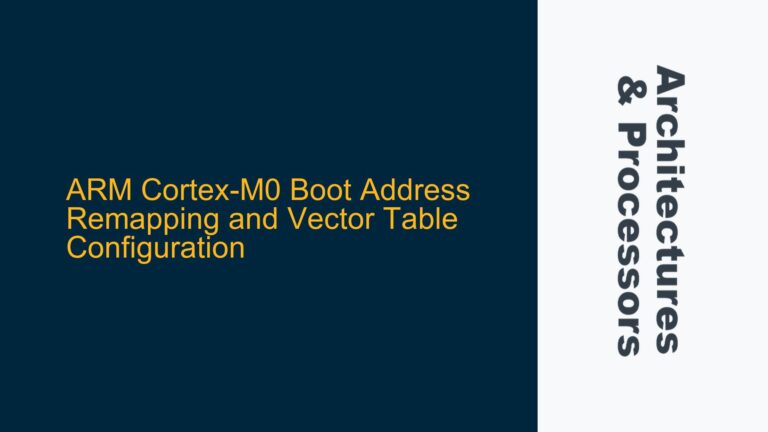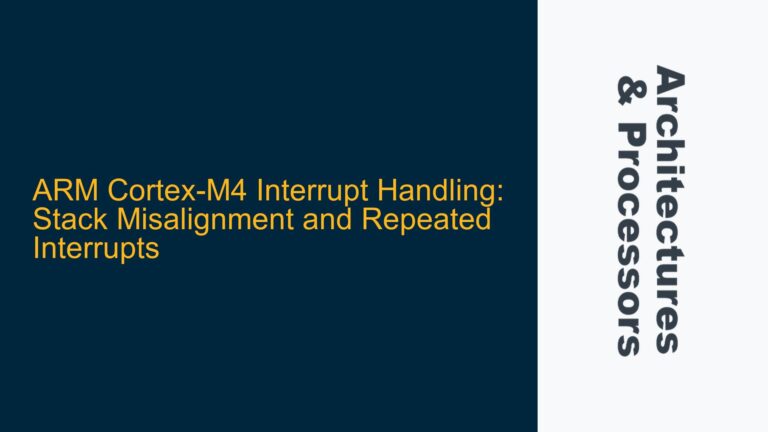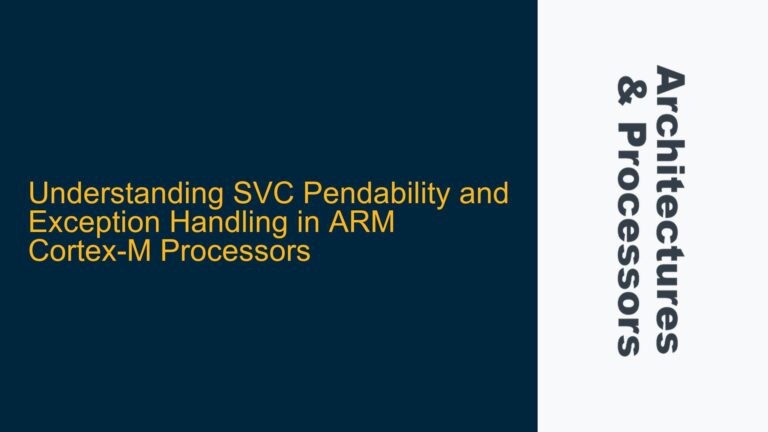Integrating External Memory with ARM Cortex-M0: Challenges and Solutions for High-Density Data Storage
ARM Cortex-M0 External Memory Interface Limitations and Requirements The ARM Cortex-M0 is a highly efficient, low-power processor designed for embedded applications. However, its simplicity comes with certain limitations, particularly when interfacing with external memory devices such as E2PROM, PROM, or SRAM. The Cortex-M0 lacks a dedicated external memory interface (EMIF), which complicates the integration of…

